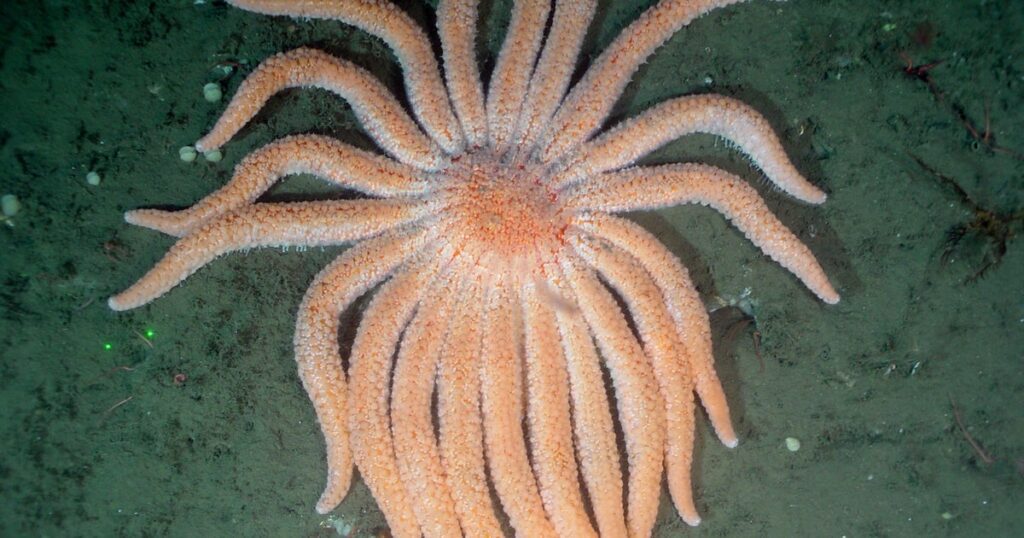Scientists have identified the cause of a decade-long epidemic that killed over 5 billion sea stars along the Pacific coast of North America, primarily affecting the Sunflower Sea Star. This outbreak, called sea star wasting syndrome, has decimated about 20 species and continues to pose threats to marine life. The research, published in Nature Ecology and Evolution, reveals that a bacterium, Vibrio penaeidicida, is responsible for the severe symptoms observed, including lesions and the loss of limbs.
Initially, researchers suspected a virus, particularly a densovirus, but found it to be harmless in healthy sea stars. The team’s breakthrough came from analyzing the Coelomic fluid of affected sea stars, which was often overlooked. Experts emphasize the importance of understanding how rising seawater temperatures and climate change contribute to these diseases.
With a clearer understanding of the disease’s cause, researchers can explore recovery strategies to help resurrect declining sea star populations. Sea stars play a crucial ecological role, influencing the health of kelp forests by controlling the sea urchin population, which, if unchecked, can devastate these vital ecosystems. Efforts to protect and revive sea star populations could have significant implications for the overall health of marine habitats.


